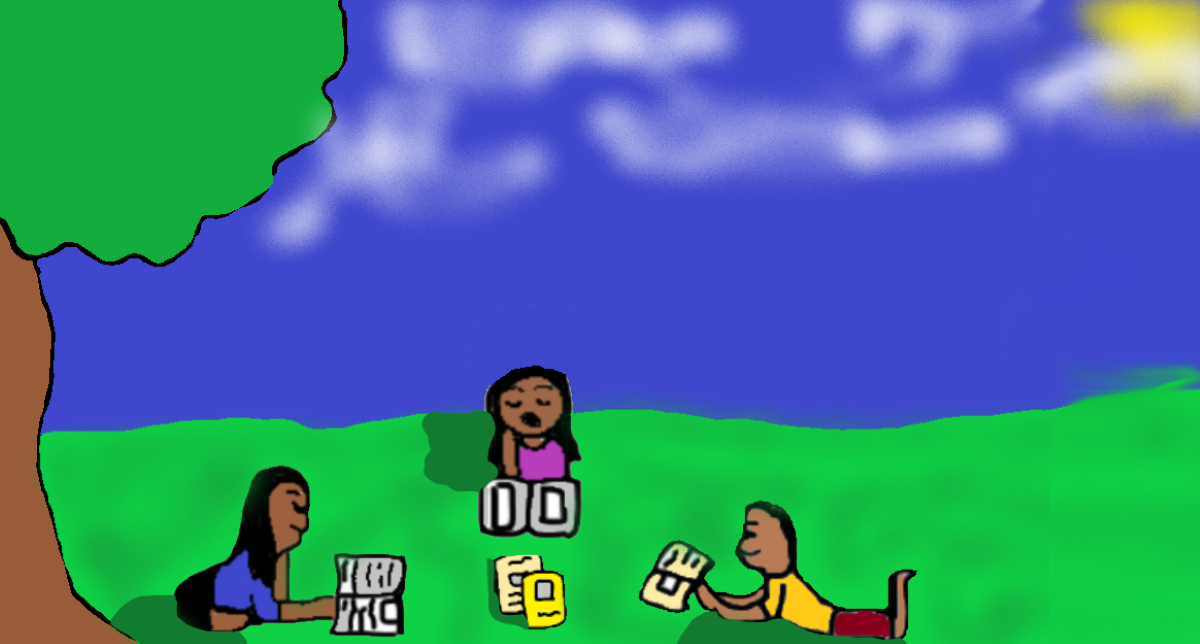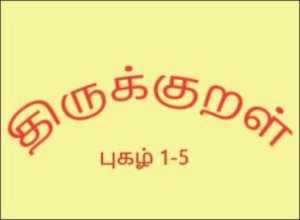Do you get excited when your child begins to put sounds together and decodes the words to read? It is a significant milestone in their lives.
Learning how to read can be overwhelming for the beginning reader. Every time they think they’ve got one set of rules down, they must learn another. Then they need to practice decoding words using those rules. It is a lot of work. Sometimes, it can be discouraging too.
So What can we adults do to help them master this process? Yes, we must give them access to a variety of books to sustain their interest in learning to read.
When we think of books for children, we immediately think of storybooks. But if we look closer, we’ll see a significant variation in these. How does one select books for their children? Should they go with the popular choice or find books to reinforce various skills?
In India, our children have different levels of exposure to the English language at home. Similarly, their introduction to children’s books in English also varies. Therefore, parents must select books that target different skills. Why does it matter? Because to become a skilled reader, the child must be able to decode fluently and have good comprehension skills.
Books geared for beginning readers fall into two broad categories based on their purpose:
1. They focus on developing vocabulary and reading comprehension skills, and
2. They focus on decoding skills by consolidating letter-sound association and practicing blending skills to improve their fluency.
Let’s look at the types of books and the skills they teach the beginning reader:
- Decodable books:
These are books where most of the words can be decoded using phonics. These books highlight specific phonetic principles, such as word families, CVC and CVCe words, and common sight words. Decodable books are particularly beneficial for readers who must practice their knowledge of letter-sound relationships and blend the sounds to read the word. These books increase the reader’s accuracy and independence. For instance, in the initial stages, the child may read the sentence as “This is /p//a//t/, Pat.” With practice, they begin to recognize the word ‘Pat’ without having to blend the sounds. The books usually have a simple story and illustrations, but the focus is on the words produced by a combination of letter sounds.
- Predictable books: Predictable books have a recognizable pattern that cues the reader to guess what comes next in the story. These books are great for making reading an interactive experience because your child participates by filling in the next word, phrase, or sentence. They can also check their understanding by verifying if their prediction was correct. The pattern can be a string of repetitive phrases, rhymes, or even sequences. Predictable books are good tools to teach various comprehension strategies. The vocabulary does not follow a leveled, phonetic scope and sequence, and many words are beyond a beginning reader’s decoding skills. Therefore, these books are great for you, the adult, to read aloud to your kids.
There are many types of predictable books:
- Question and answer: The text in these books is a repetition of the same question or similar questions. For instance, in Eric Carle’s ‘Brown Bear, Brown Bear, What Do You See?’ a single question is repeated throughout the story with a minor variation and pictures cue the child to answer the question. Mem Fox’s “Where is the Green Sheep?” is another enjoyable book in this tradition.
- Familiar sequence: These books follow a sequence of familiar routines or concepts like seasons, lifecycles, counting, alphabet books, days of the week, etc. Eric Carle’s The Very Hungry Caterpillar is a well-known example. Others include ‘Black? White! Day? Night! A Book of Opposites,’ by Laura Vaccaro Seeger and Marianne Berkes’ ‘Over in the Ocean.’ Children can draw information from the illustrations, text, and prior knowledge to make predictions.
- Chain/Circular: In the chain or circular type of predictable book, the story’s ending leads the reader back to the beginning of the book. The reader realizes that the tale will repeat as they reread the book. Laura Numeroff writes some of the more well-known examples of this type of book. Her “If you give a mouse a cookie” and “If you give a pig a pancake” are classics. “When the Elephant Walks” by Keiko Kasza will have your kids laughing as one animal scares the next until it is the elephant’s turn to be scared. Kids at our camps loved “Who is the Beast?” by Keith Baker, where the tiger turns around and shows the other animals how they share similar traits.
- Cumulative: Another category of predictable books is the cumulative book. Here, each event is built upon the previous one. As you read each new event, you repeat all the earlier sequences. The well-known books of this type include “There was an old lady who swallowed a fly,” “The house that Jack built,” and, of course, the very fun “Move over, Rover” by Karen Beaumont. Children hear the same phrases repeatedly, which helps them recognize the sequence and identify the patterns in words.
- Pattern books have events repeating with some differences. For instance, in the book Duck! Rabbit! by Amy Krouse Rosenthal, the text shows two people arguing if the image they see is a duck or a rabbit. The events in the book show how it could be either a duck’s bill or the rabbit’s ears. Children pick up on the pattern to predict what happens next.
- Repetition: Some books have the text repeating itself-either phrases or sentences. Children hear the repeated text, anticipate the words, and participate in the reading. One of the best examples of this type of predictable book is “I’m the biggest thing in the Ocean” by Kevin Sherry. In the book, a giant squid compares himself to all the ocean animals he sees and declares that he is the biggest thing in the ocean, until of course, he meets the blue whale. Even then, he manages to keep the same refrain with a minor alteration, much to the reader’s delight.
3. Wordless picture books: Yes, you heard that right! Wordless picture books are great for language development. As there is no text, children must use their background knowledge to understand the illustrations and build sentences to describe the events in the book. In the process, they grow their vocabulary and comprehension skills. The reader also develops an understanding of the parts of a story and how the story is structured. Some of the best-known examples of wordless picture books are Flotsam by David Weisner and Journey by Aaron Baker.
There are many predictable books by Indian authors as well. Nandini Nayar’s ‘What Shall I Make?’ follows a little boy who asks the question as he plays with chapati atta. Our kids will immediately make the connection because which kid hasn’t played with chapati atta in the kitchen?
Ashwathy P.S. and Anusha Sundar beautifully illustrate the counting book, One Dark Cloud by Shoba Vishwanath, while ‘Where is Amma?’ by Nandini Nayar follows the question/answer pattern. In the ‘wordless books’ category are the books like Ammachi’s Glasses by Priya Kurien and Ammama’s Sari by Niveditha Subramaniam.
Picture books expose children to rich language structures and develop their skills even as they learn how to decode. We hope you have many pleasant hours of reading with your child.





